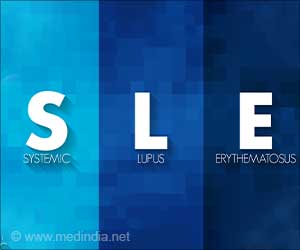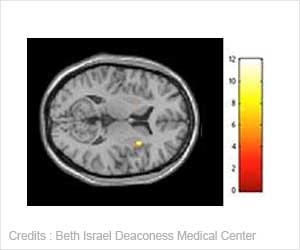Although complications can occur, colonoscopy is considered a safe procedure.
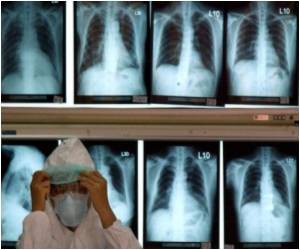
A research article published on February 28, 2011 in the World Journal of Gastroenterology addresses this question. The authors reported a case of a 63-year-old male who experienced an iatrogenic sigmoid perforation repaired combining three endoscopic techniques.
The lesion was large and irregular with three discrete perforations, therefore, the authors decided to close it by placing one clip per perforation, and then connecting all the clips with two endoloops. Finally they chose to use a fibrin glue injection to obtain a complete sealing. Four days after the colonoscopy the patient underwent a laparoscopic right hemicolectomy due to evidence of a large polyp of the caecum with high grade dysplasia and focal carcinoma in situ . Inspection of the sigma showed complete repair of the perforation.
This report underlines how a conservative approach, together with a combination of various endoscopic techniques, can resolve complicated perforations without the need for surgical intervention.
Source-Eurekalert
 MEDINDIA
MEDINDIA
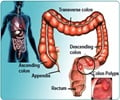
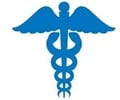

 Email
Email

